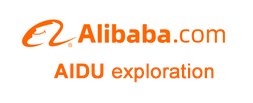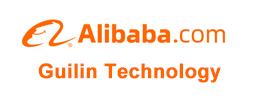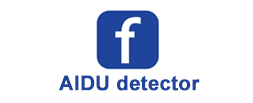How Geophysical Exploration Enhances Mine Safety
Uncovering Hidden Risks: How Geophysical Exploration Enhances Mine Safety
Underground mining operations are constantly challenged by invisible geological hazards—from mined-out voids and water-bearing zones to gas-rich areas, fault zones, and unstable roof strata. These risks, hidden deep beneath the surface, are often difficult to identify through conventional means but can pose serious threats to safety and productivity.
This is where geophysical exploration steps in, offering a non-invasive, cost-effective, and highly informative solution to detect and manage these underground threats—before they become emergencies.
Geophysics: The Subsurface Imaging Solution
Geophysical techniques measure variations in physical properties such as electrical resistivity, magnetic fields, seismic wave velocities, and electromagnetic conductivity to infer underground structures and conditions. These methods allow engineers to:
Map subsurface geology
Locate water accumulations or voids
Detect gas-prone areas
Analyze fault activity and stress zones
Compared to traditional drilling, geophysical surveys are:
Versatile – Multiple methods suited for a wide range of geological conditions
Efficient – Rapid data collection over large areas
Cost-effective – Ideal for early-stage screening or continuous monitoring
Sensitive – Capable of detecting subtle anomalies missed by drilling alone
When applied strategically, geophysical data becomes the foundation of a proactive mine safety system.
Key Geophysical Techniques for Mine Safety
To address complex underground risks, a range of geophysical tools are commonly used:
Resistivity & Induced Polarization
Useful for identifying water-bearing layers, fractures, or voids through conductivity contrasts.Electromagnetic Surveys
Effective in detecting conductive zones such as saturated cavities or fault corridors.Seismic Reflection & Refraction
Reveal rock layering, faults, and stress zones with high resolution—ideal for structural assessments.Borehole & Crosshole Surveys
Improve vertical resolution and are especially valuable in multi-layered or deep mining environments.
Each method offers unique insights—and when used in combination, they form a comprehensive picture of underground hazards.
From Detection to Decision: Integrated Hazard Mitigation
Geophysical exploration is most powerful when integrated into a broader safety and planning framework. A typical workflow includes:
Initial Screening – Broad-scale geophysical surveys (surface and borehole) to map risk zones
Validation – Targeted drilling or gas/hydro testing for confirmation
Modeling & Interpretation – 2D or 3D geological modeling to guide decisions
Mitigation – Actions like pre-drainage, adjusted excavation plans, or targeted reinforcements
This integrated approach allows operators to shift from reactive responses to proactive prevention, minimizing safety incidents while optimizing resource extraction.
What's Next: Smarter Safety with Emerging Technologies
The future of mining safety lies in combining geophysics, automation, and data intelligence:
Machine Learning for advanced anomaly detection and data interpretation
Real-time Monitoring Systems for early warning of water inrush, roof instability, or gas surges
Multi-source Data Fusion across seismic, electromagnetic, and drilling datasets
Legacy Data Reprocessing to extract new insights from past surveys with updated tools
With flexible, site-adapted geophysical systems and integrated data platforms, mine safety management is entering a new era of precision and foresight.
Final Thoughts
Whether you're operating in coal, metal, or non-metal mines, understanding what lies beneath the surface is no longer optional—it's essential.
Geophysical exploration provides the visibility you need to manage underground hazards before they become critical. And when combined with smart integration strategies, it becomes a cornerstone of modern, sustainable, and safe mining.
If you're exploring practical and scalable solutions to improve mine safety, geophysical technologies may be your next strategic move.






